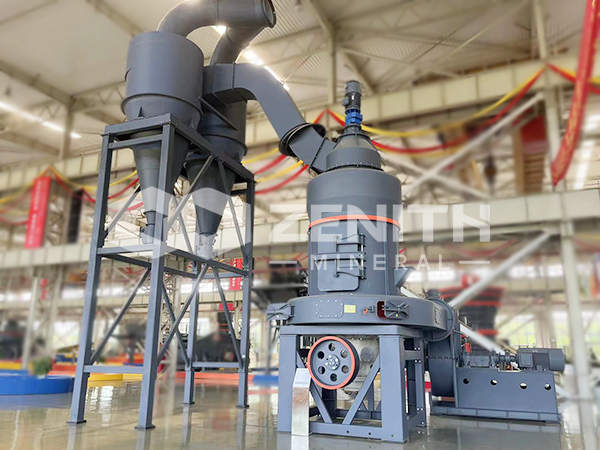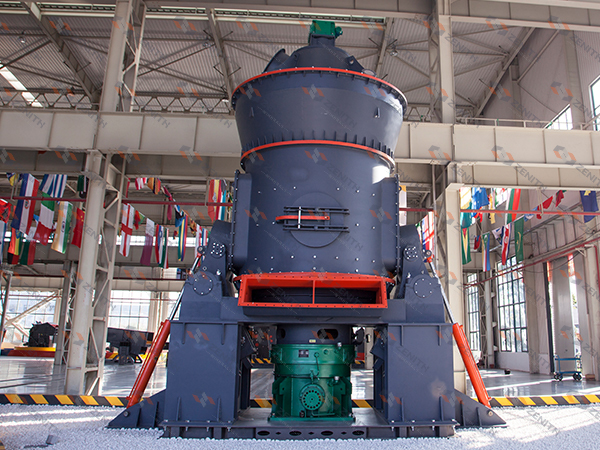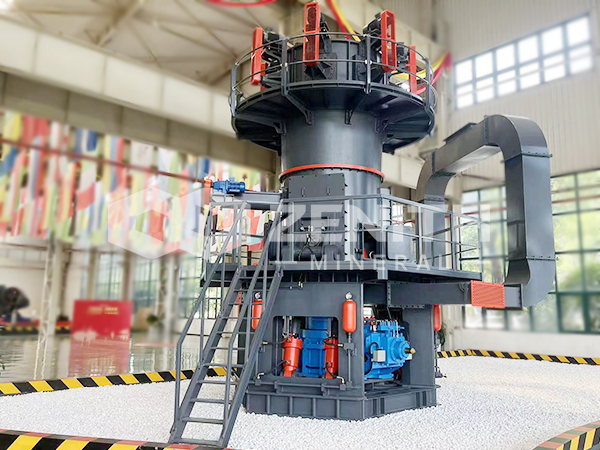Limestone ground to 150-200 microns for finished use as building powder, tile adhesive, putty powder, etc
2025-10-13 15:03:17
Okay, the requirement you have raised is very clear and typical. Grinding limestone to 150-200 microns (approximately 80-100 mesh) for use as building powder (ceramic tile adhesive, putty powder, etc.) is a widely used and technologically mature application.
Below is a detailed analysis of the purpose, equipment requirements, and recommended production line configuration of this specification of limestone powder (usually referred to as "heavy calcium powder" or "double fly powder").
###1、 Detailed explanation of finished product usage (150-200 micron limestone powder)
Limestone powder in this fineness range is mainly used as * * filler aggregate * * and * * volume filler * *, and is widely used in the following building materials products:
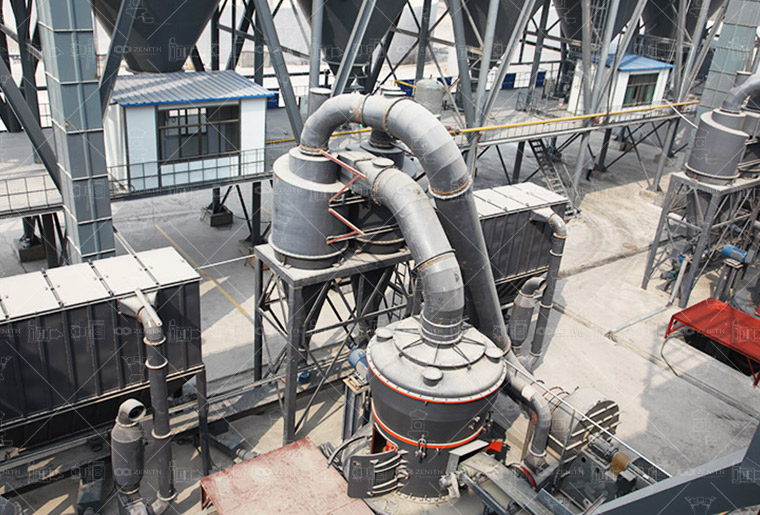
1. Ceramic Tile Adhesive**
*Function: As an inert filler, it is mixed with cement, sand, redispersible latex powder, etc. It can optimize the particle size distribution of the product, reduce the amount of cement used, lower the shrinkage rate, and improve the workability and anti slip performance.
2. Putty Powder**
*Function: It is one of the main components of putty powder, mixed with white cement, calcium ash, hydroxypropyl methyl cellulose (HPMC), etc. It plays a role in filling and increment, making putty have good scraping and polishing properties and a certain strength.
3. * * Dry Mixed Mortar for Construction**
*Function: including plastering mortar, masonry mortar, etc. As a filler, it can improve the workability of mortar, reduce the amount of cement used, lower costs, and to some extent control the shrinkage and cracking of mortar.
4. * * Other uses * *: It can also be used for sealants, insulation mortar, road marking coatings, etc.
###2、 Recommended core grinding equipment
For the relatively coarse fineness requirement of 150-200 microns (80-100 mesh), and usually with a large yield, the European version trapezoidal mill and vertical mill are the best choices. They completely replace traditional old-fashioned Raymond mills and have significant advantages in efficiency and energy consumption.
* **1. European version trapezoidal mill (MTW Series Mill)**
*Working principle: It is an upgraded version of the traditional Raymond mill, which adopts advanced technologies such as bevel gear integrated transmission, curved air duct, and internal thin oil lubrication.
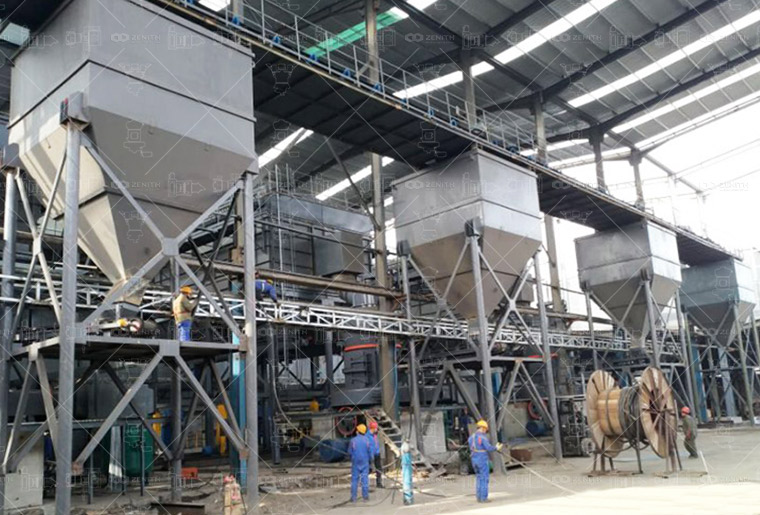
*Advantages:
*High output and low energy consumption: Compared to traditional Raymond mills, the output can be increased by more than 30% at the same power.
** * Stable particle size of finished product * *: The use of lever type grinding roller assembly and high-precision turbine classifier can effectively ensure the stability and controllability of the finished product within the range of 80-100 mesh.
*Long service life of wear-resistant parts: The grinding rollers and rings are made of high chromium alloy, which has a long service life.
** * Environmentally friendly and clean * *: Equipped with a pulse dust collector, the dust emission concentration is low, meeting environmental protection requirements.
*Applicable scenarios: This is currently the most mainstream and cost-effective equipment used in China for producing building grade limestone powder.
* **2. LM Series Vertical Mill**
*Working principle: The material is dispersed in the center of the grinding disc by the scattering disc, crushed by the grinding roller, and the crushed material is carried by the airflow to the classifier above for sorting.
*Advantages:
** * Extremely high energy efficiency * *: Adopting the principle of material bed grinding, the energy consumption is lower than that of European version grinding.
*Strong drying ability: can be ventilated with hot air, even if the raw materials contain a certain amount of moisture, they can be dried and ground at the same time.
** * Simple system and small footprint * *.
** * Applicable scenarios * *: It is a better choice for large-scale newly-built factories that pursue ultimate energy consumption.
**Why not recommend ball mills? **
The energy consumption of the ball mill is too high and the efficiency is low. For this fineness requirement, it is outdated and the operating cost is uneconomical.
###3、 Typical production line configuration list (taking European version grinding as an example)
This is a complete and highly automated turnkey project configuration.
|Serial number | Device name | Recommended model/type | Key role|
| :--- | :--- | :--- | :--- |
|1 | * * Vibration feeder * * | GZD series | Uniformly and continuously feeds raw materials into the crusher. |
|2 | * * Jaw crusher * * (if required) | PE series | If the feed particle size is large (>50mm), it needs to be crushed to a block size of less than 30mm first. If the raw material is already small particles, it can be omitted. |
|3 | * * Bucket elevator * * | TH/NE series | Elevates crushed materials vertically to the raw material bin. |
|4 | * * Raw material silo and feeder * * | Steel silo+swing feeder | Store materials and feed them stably and controllably to the main machine of the mill. |
|5 | * * Core Grinding Machine * * | * * MTW European version trapezoidal grinder * * | The core equipment for grinding limestone to the target fineness. |
|6 | * * Pulse bag filter * * | PPC series | * * Core environmental protection equipment * *, collects finished powder, ensures no dust leakage, and meets emission standards. |
|7 | * * High pressure centrifugal fan * * | 9-19 series | Provides circulating wind power for the entire grinding system. |
|8 | * * Finished product warehouse and packaging machine * * | Finished product warehouse+automatic packaging machine | Store finished powder and automatically measure packaging (valve bag or ton bag). |
|9 | * * Electrical Control System * * | Central Control Cabinet (PLC Control) | Centralized control of all equipment, achieving one click start stop and interlock protection, safe and efficient. |
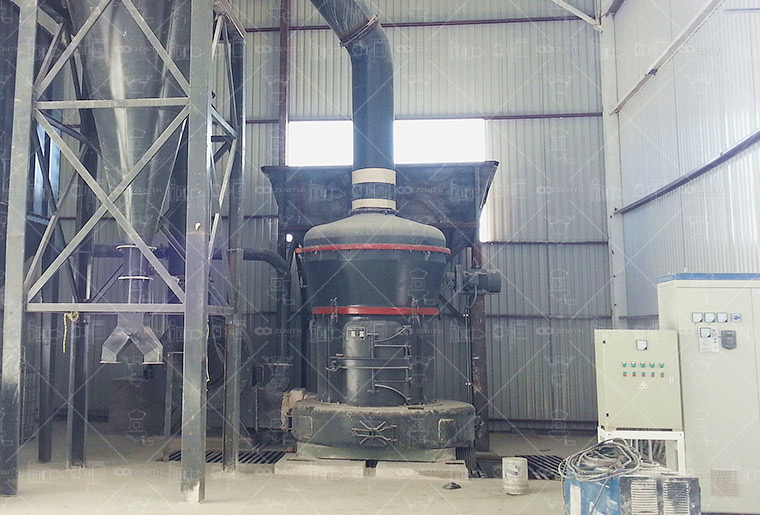
**Simple process flow:**
`Limestone raw material → vibrating feeder → jaw crusher → bucket elevator → raw material bin → feeder → MTW European version grinding machine → classifier → pulse dust collector → fan → finished product bin → automatic packaging machine → finished product`
###4、 Key considerations when selecting equipment
1. Wear resistant material: Inquire about the material of the grinding roller and ring to ensure it is made of high chromium alloy, which directly affects the equipment's lifespan and maintenance costs.
2. * * Grading accuracy * *: Although the fineness requirement is not high, a stable grading machine is the key to ensuring stable product particle size and preventing coarsening.
3. Environmental requirements: Pulse bag filter is a necessity and cannot be replaced by a simple cyclone collector just to save money.
4. * * Supplier's Case * *: Equipment suppliers are required to provide successful cases of supplying other tile adhesive and putty powder manufacturers, and preferably conduct on-site inspections.
**Summary:**
The most economical, efficient, and mature option for grinding limestone to 150-200 microns for building dry powder is to equip a fully automated production line with MTW European version trapezoidal mill or vertical mill as the core.
**Your next action suggestion:**
Contact professional manufacturers like * * Liming Heavy Industry and Zenith Machinery * * to provide your production requirements (e.g. 10 tons per hour or 100 tons per day), and they will provide the most detailed equipment plan and quotation based on your specific needs. **Be sure to require them to conduct free grinding tests using your limestone raw materials * *, and verify the equipment performance with actual results.







